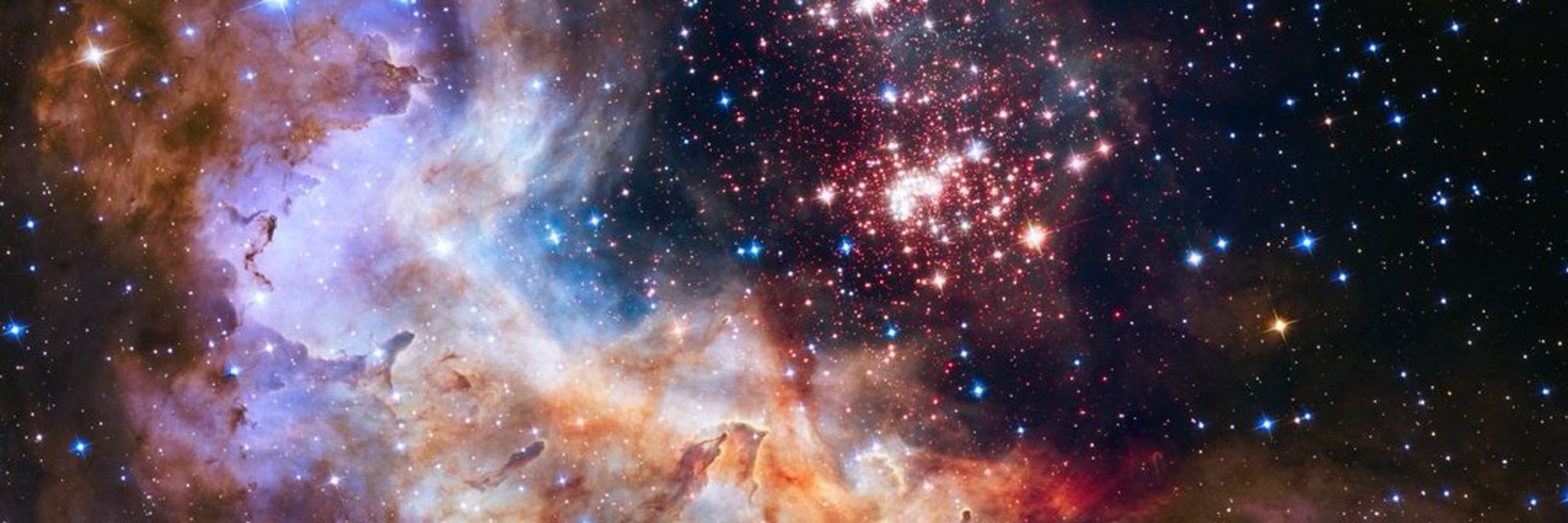
My science blog: https://www.tutto-scienze.org/
More about me: https://x.com/settings/bio
Insane how you made that contrast pop with just 10 hours, Trevor Jones.
3/3
Insane how you made that contrast pop with just 10 hours, Trevor Jones.
3/3
So while the Boogeyman himself is pure darkness swallowing every photon, there’s literally a newborn star right next to his shoulder calmly painting a soft halo with its own light:
2/3
So while the Boogeyman himself is pure darkness swallowing every photon, there’s literally a newborn star right next to his shoulder calmly painting a soft halo with its own light:
2/3
It’s a short masterclass in astrophysics, revealing how different wavelengths together uncover the whole wild life cycle of the universe’s mightiest stars—from birth to furious prime to sculpting their surroundings.
5/5
It’s a short masterclass in astrophysics, revealing how different wavelengths together uncover the whole wild life cycle of the universe’s mightiest stars—from birth to furious prime to sculpting their surroundings.
5/5
Spitzer infrared emission data (red) shows cooler gas and dust having giant bubbles carved into them.
4/5
Spitzer infrared emission data (red) shows cooler gas and dust having giant bubbles carved into them.
4/5
Million-degree gas detected in X-rays (blue) by Chandra comes from shock fronts, formed by these stellar winds and supernova explosions.
3/5
Million-degree gas detected in X-rays (blue) by Chandra comes from shock fronts, formed by these stellar winds and supernova explosions.
3/5
It resides on the leading edge of the Large Magellanic Cloud (LMC), some 160,000 light-years away.
2/5
It resides on the leading edge of the Large Magellanic Cloud (LMC), some 160,000 light-years away.
2/5
5/5
5/5
Even the tiniest features we can make out in this image are around 270 kilometres across, about the distance from Paris to Brussels.
4/
Even the tiniest features we can make out in this image are around 270 kilometres across, about the distance from Paris to Brussels.
4/
A little higher and to the left, a brighter yellow feature is drifting eastward.
It moves fast enough to lap the green-brown oval roughly once every 50 days.
3/
A little higher and to the left, a brighter yellow feature is drifting eastward.
It moves fast enough to lap the green-brown oval roughly once every 50 days.
3/
Above the globe, two moons stand out clearly: Dione on the right and Enceladus on the left.
The photograph uses false colors to bring out details that are harder to see in ordinary light.
2/
Above the globe, two moons stand out clearly: Dione on the right and Enceladus on the left.
The photograph uses false colors to bring out details that are harder to see in ordinary light.
2/

